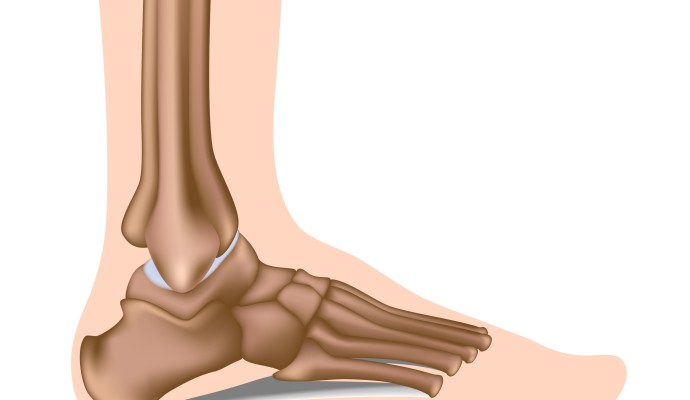
ASK THE PHYSIO: What is Plantar Fasciitis? (Part 2)
In this month’s instalment of ‘Ask the Physio’, we will be moving into the second part of our guide on plantar fasciitis – how to treat it.
For those who missed it last month, the plantar fascia is a thick fibrous band of connective tissue which runs along the sole of the foot like a fan, from the inner edge of the heel to the base of each of the toes. It supports the arch of the foot by acting like the string on an archers bow. Plantar fasciitis is thought to be a traction and overuse injury which usually occurs where the plantar fascia attaches into the heel bone.
Treatment for plantar fasciitis is very effective as there is a multitude of approaches used to improve the condition, however, poor foot mechanics is the primary cause of plantar fasciitis and it is vital that a thorough assessment is undertaken. This assessment will be both of a static and dynamic nature and will diagnose factors such as:
- Lack of ankle flexibility
- Pronated/supinated subtalar joint (flat feet vs. high-arch)
- Tight/weak calf muscles
- Tight hip flexors
- Inefficient gluteal muscle control
In addition to this, your physiotherapist will educate you on several ‘self-help’ options such as:
- Calf and soleus stretches
- Plantar fascia stretches and specific eccentric strengthening exercises
- Self-massage to the sole of the foot with a tennis ball or frozen water bottle.
- Specific foot support taping technique called ‘low-dye’
The good news is that plantar fasciitis is reversible and very successfully treated. About 90% of people with plantar fasciitis improve significantly within two months of initial treatment.
Are you dealing with plantar fasciitis? Come and see one of our physiotherapists to have your feet comprehensively assessed and get out of pain today!










